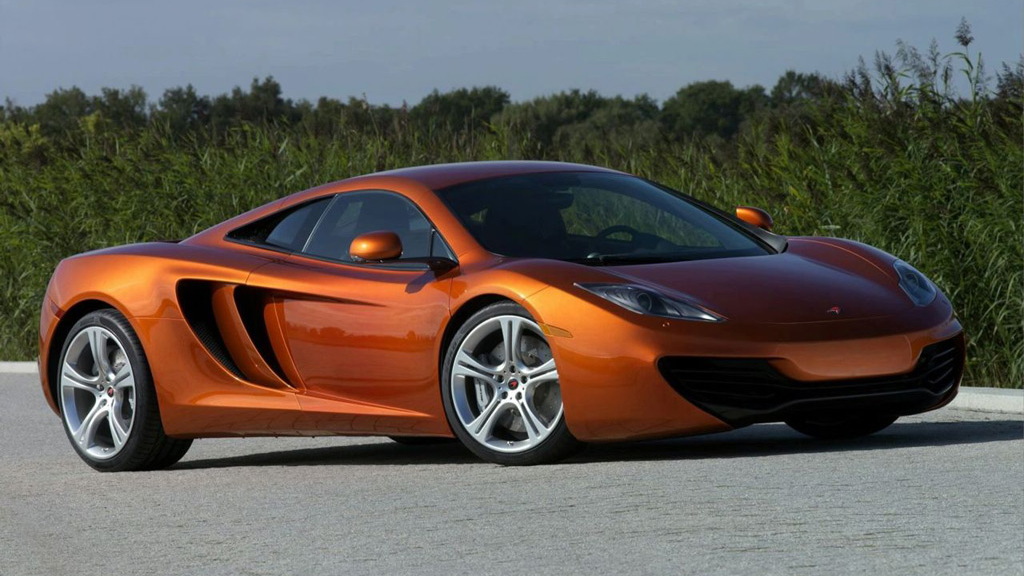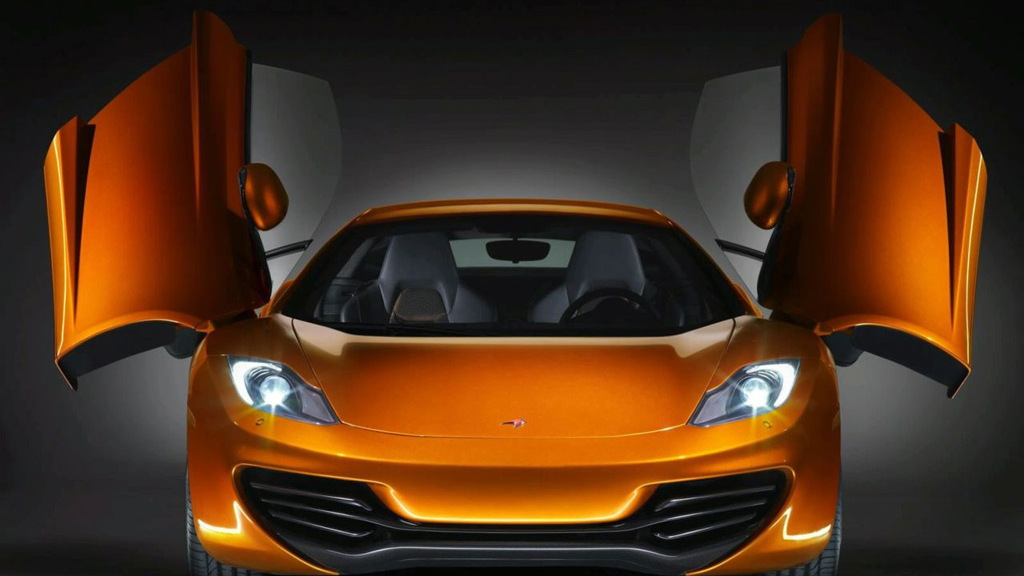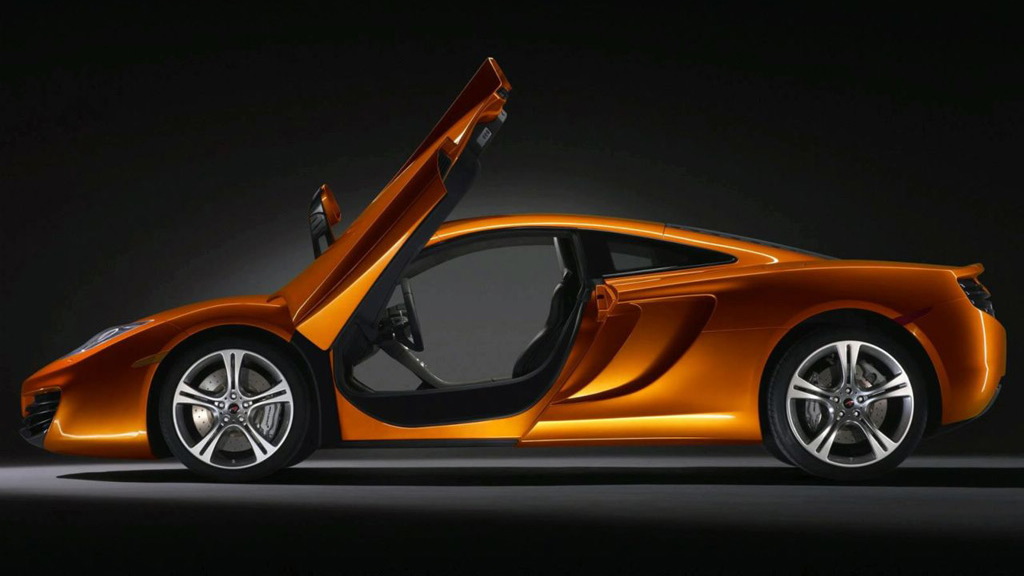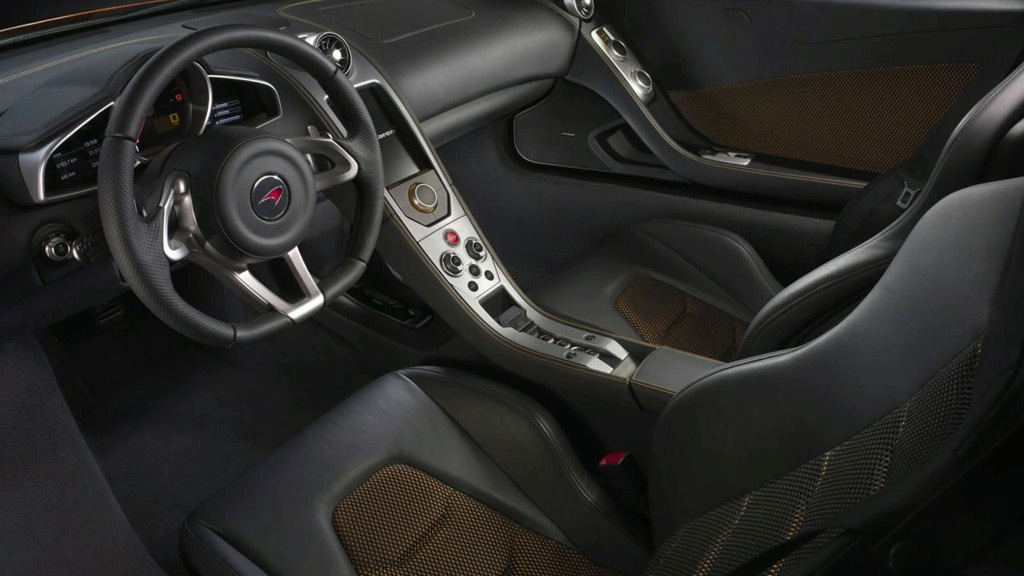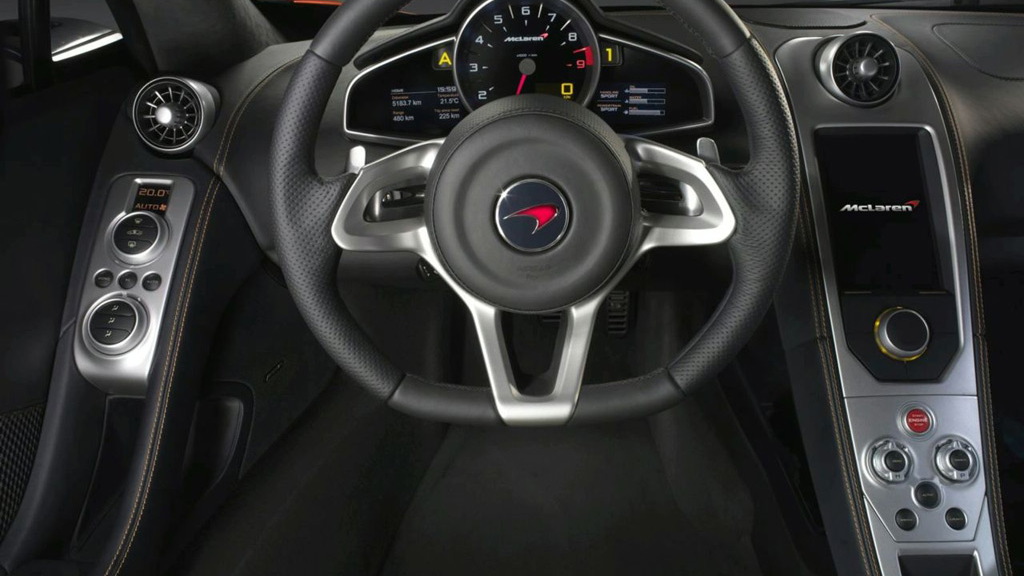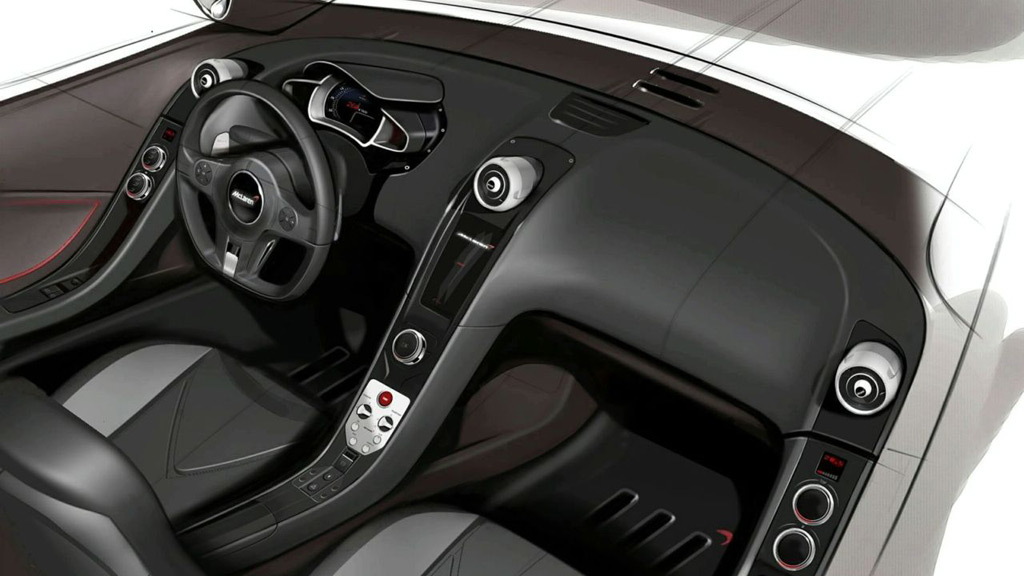It's no secret that getting a lot of power out of a small package is a solid recipe for efficiency--just as Honda about four-cylinders, or BMW about inline sixes--but a 600-horsepower supercar being more efficient than a hybrid? That's got to be a special case, right?
Well, yes and no. The very small (for a V-8) 3.8-liter twin-turbo in the McLaren MP4-12C isn't going to win any hypermiling competitions, but it does create less tailpipe emissions than most hybrids, per horsepower of output, according to its creators. Come again?
That is, if McLaren meets its goals in efficiency and power for the still-developing MP4-12C powerplant, it will emit less carbon dioxide per horsepower than a hybrid.
Sound like a bunch of marketing hooey? It may be--but it may well be possible, too. Turbocharging and direct injection lead to greater power density for a given output, in part by burning more fuel and air in a given volume, but also in part by doing it more completely--leaving less unburned fuel and byproducts in the exhaust. There's also the issue of very high-tech and high-dollar combustion chambers, intake and exhaust cycle management, and, of course, the catalytic converters fitted. Any of these elements could come into play.
But the bottom line: though supercars, and the MP4-12C in particular, may be excessive by definition, they are also proving grounds where technology can be made better, even in the hunt for cleaner-burning cars. And considering the volume in which they sell and the average miles traveled by a $200,000-plus mid-engined two-seater, they're not contributing much to the global greenhouse gas bottomline either.
Take that ammunition to the table the next time your greenie friends get on you for lusting after that Ferrari, Porsche, Lamborghini, Rolls, or McLaren. But be prepared to be the least popular guy or girl at the table.
[HybridCars via AutoblogGreen]
